The Big Four
Let’s learn about the four most important grades every climber should know. It is important to note that these “grades” are specific to the individual climber, not to a particular problem or route. Individualizing our grades is the first step toward crafting workouts that allow sufficiently accurate performance measurement.
Let’s start! The first two are ones that any climber should know off the top of their head.
Grade #1: Your Hardest Redpoint
Simply put, your Hardest Redpoint (HRP) is the hardest problem (or route) that you have recently sent. For our purposes, recently means: during your current workout cycle, or within the last 30-90 days, if you have been climbing consistently.
It doesn’t matter how many tries it took, how fresh you felt, or how many Red Bulls you needed to send. It’s just the hardest tick on your list.
Grade #2: Your Hardest Onsight
This is likely the simplest to determine. Your Hardest Onsight (HOS) will be the most difficult problem (or route) you have sent on your first try. If you fell even once, it’s no longer an onsight.
Grade #3: Your Consistent Redpoint
Determining this grade is a bit trickier than the first (though we will show you a trick that can simplify things at need). The idea behind your Consistent Redpoint (CRP) is that it is the hardest grade you can reliably send in a reasonable amount of time. Vague enough for you?
To make things more concrete, we use the following strategy to figure out CRP: It is the grade you can send more than 75% of the time in 5 to 8 tries.
Now, while this definition is more concrete, it is still a difficult one to establish directly, given time-constraints and availability of problems to work in a specific grade range. Let’s take a look at two methods.
1st Method
The best method for figuring out your CRP is to keep track of all your sends, and attempts, over a specific period of time, say 15-30 days, or 7-15 climbing sessions. Your CRP is the average grade (the Overall Average) that you can send in 8 tries or less during that time.
2nd Method
Another method is to take a single climbing session (a single day, or workout) and try to re-send as many old projects as you can in 5 tries or less (the Single-Session Average). The highest grade that you can re-send 2 or more times is likely to be close to your CRP.
This method is less reliable than the previous one, but is considerably less time-consuming, and still gives reasonably reliable results, so long as appropriate problems are chosen (e.g. overhanging, without stopper moves, fairly graded), and you are fresh when you attempt it.
Drawbacks
However, these methods have their drawbacks. The first is time-consuming, and the second is highly sensitive to external factors or just having a bad day.
Both suffer from an additional headache which how to find an average climbing grade. The best way around this is to convert each grade to a numerical, then do a simple average and convert that back to a grade.
Unfortunately this can be significant extra work, not to mention that any such conversion system would be an arbitrary choice, and therefore may not return sufficiently accurate results.
And that is where the short-cut comes in.
For most climbers the difference between their HRP and their CRP is one V-grade, in bouldering, or one letter grade, for routes. So, if your hardest problem is V6, then you can likely consistently send V5. Or if your hardest route is 5.11a, then you can likely consistently send 5.10d.
While this too has its drawbacks, experience shows that it is almost as reliable as the Single-Session Average method. For training purposes, both are generally sufficient to choose your CRP.
Grade #4: Your Consistent Onsight
The lowest of your four, Consistent Onsight (COS) is also the most difficult to determine directly. The definition is simple and concrete: your COS is the grade you can Onsite (or Flash) at least 50% of the time.
The trouble is that testing this requires you to have access to a good number (at least 10 boulder problems, or 6 routes) of brand new routes to try, and that you be on your game when you try them. Experienced climbers tend to keep track of these sends, and keep a kind of running tally in their heads. But newer climbers, or those off of a long rest, may not have the depth of sends to make this calculation.
Luckily a similar short cut exists for COS as your CRP. Just as with red-points, climbers tend to consistently flash problems about one V-grade, or one letter grade for routes, below their hardest onsight. So, if your hardest onsights are V3 and 5.10b, then your COS will be V2 and 5.10a, respectively.
All material is reprinted with the permission of the author. Copyright 2022 David H. Rowland. All rights reserved.




